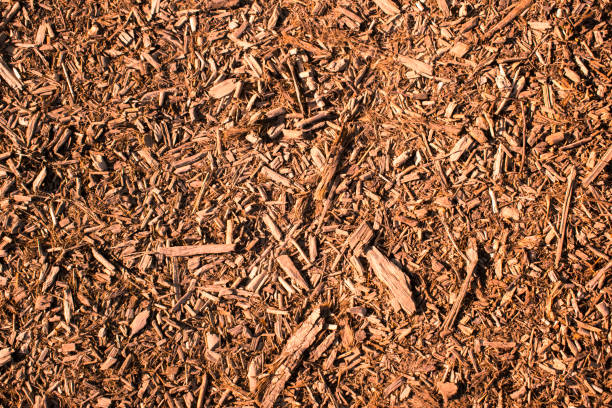
Engineered Wood Fiber (EWF) has emerged as a cost-effective and impact-resistant option for playground surfaces, garnering popularity among playground designers and operators. Its ability to cushion falls and reduce injury risks has made it a preferred choice. However, an unsettling issue has crept into many EWF playgrounds – the relentless invasion of fungus and mold. In this article, we delve into the underlying reasons behind this persistent problem and offer succinct guidance on how to thwart its unwelcome presence.
While EWF's affordability and shock-absorbing qualities are undeniable, these very attributes create an environment conducive to fungal and mold growth. Moisture retention, a consequence of EWF's organic composition, fosters an ideal breeding ground for these troublesome organisms. As a result, playgrounds that employ EWF often find themselves battling unsightly and potentially hazardous outbreaks of mold and fungus.
To ensure the safety and longevity of EWF playgrounds, it is imperative to understand the root causes of this issue and implement effective preventive measures. This article serves as a valuable resource for playground administrators, offering practical insights to maintain a clean, safe, and enjoyable play environment for children.
The Problem: Fungus and Mold Growth
Fungus and mold growth on EWF playground surfaces occur due to a combination of heat and moisture:
Consequences
Fungus and mold on playgrounds are unsightly and pose health and safety risks:
Preventing Fungus and Mold Growth
Here are concise prevention strategies:
1. Shade Structures: Install shade structures to reduce surface temperature during hot weather, enhancing comfort and safety.
2. Effective Drainage: Ensure proper drainage to prevent water pooling. Grade the area and use landscape fabric to improve drainage.
3. Water Management: Be mindful of watering frequency and quantity. Over-watering exacerbates moisture issues. Try to avoid sprinkler systems in and around the playground.
4. Natural Antifungal Agents: Search for any organic antifungal agents available in the market. Try not to use any chemicals as it can be hazardous for children’s health. We highly recommend contacting an expert to guide about what product to use to get rid of this situation.
5. Regular Maintenance: Establish a maintenance schedule that includes:
Conclusion
While EWF playground surfaces offer benefits, fungus and mold growth can be a concern. Understanding the heat-moisture interaction is vital for prevention. By using shade structures, ensuring proper drainage, managing water, considering natural antifungal agents, and maintaining the surface, EWF playgrounds can remain safe and enjoyable for children without the risk of fungus and mold. Prioritizing these strategies ensures a playground where children can play without unnecessary health or safety concerns.